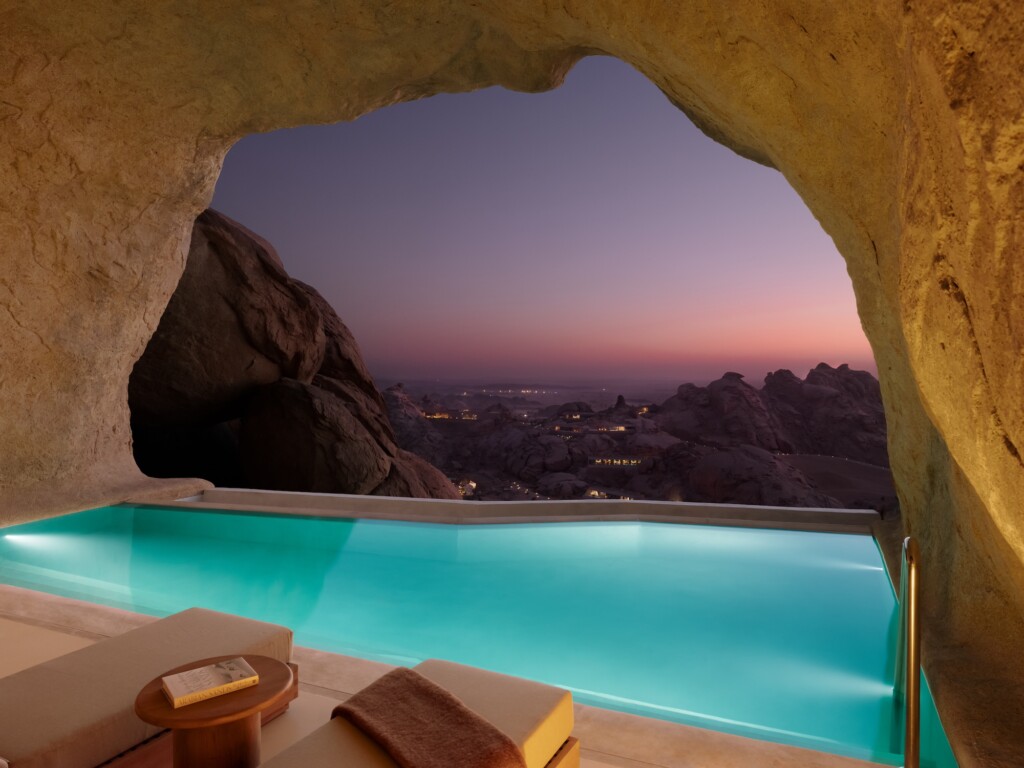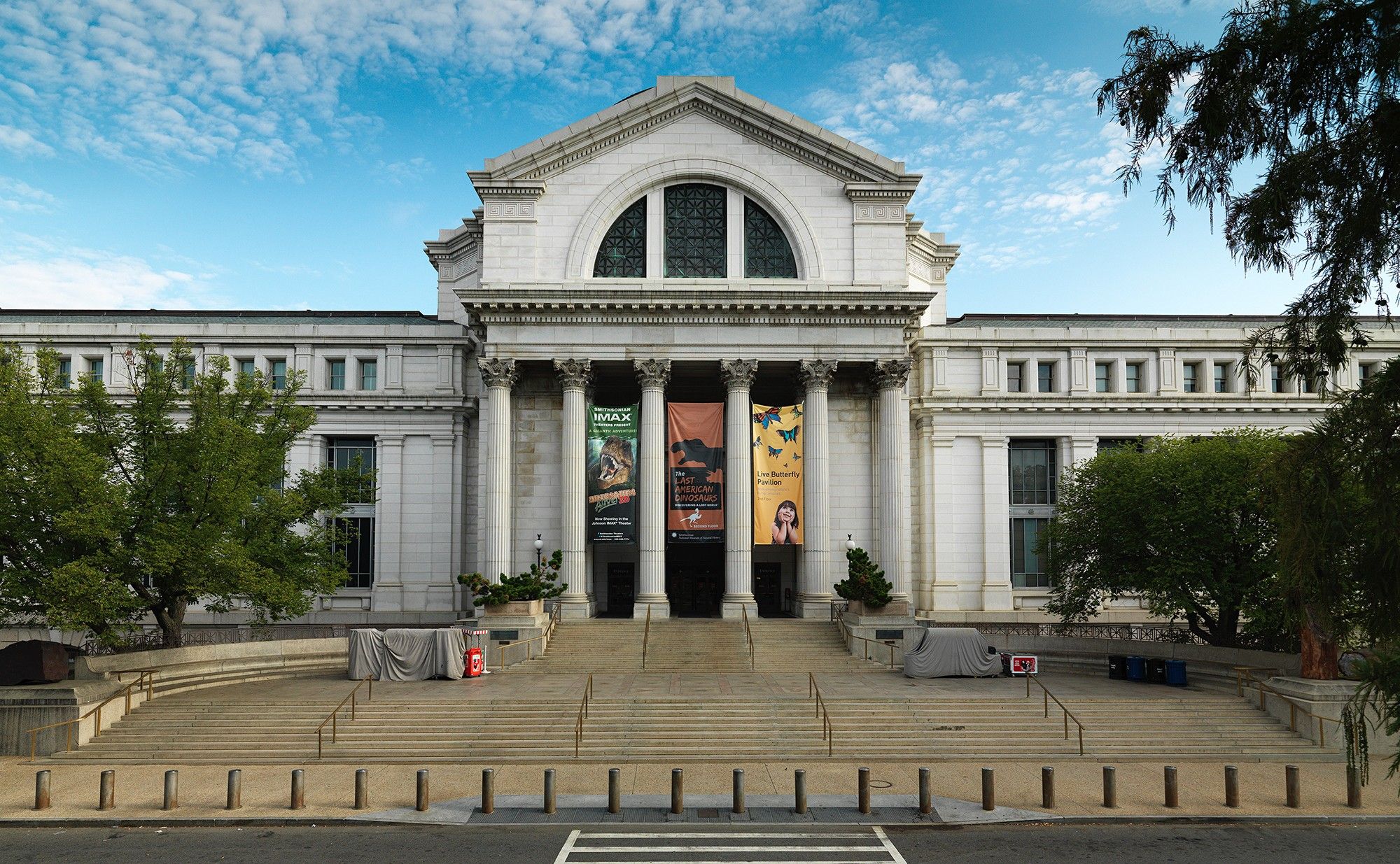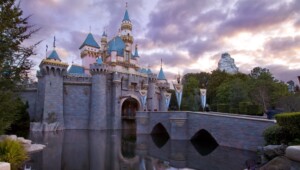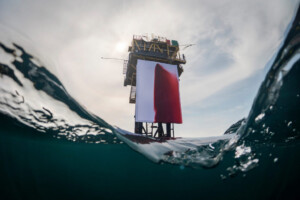Desert Rock, an eco-tourism resort built into the ancient mountains of Saudi Arabia, has opened at the Red Sea.
Designed by Oppenheim Architecture in collaboration with Red Sea Global, Desert Rock is a project that integrates architecture with nature, setting a new benchmark for immersive design.
Red Sea Global is the developer behind Amaala and the Red Sea, both regenerative tourism destinations in Saudi Arabia.
Carved into the Hejaz Mountains, Desert Rock provides accommodations that blend into the terrain without obstructing it.

Upon arrival at Desert Rock, guests enter a hidden valley that gradually reveals a collection of facilities within 30,000 square metres of land.
Accommodations range from ground-level villas to suites built into the mountains. The Wadi Villas feature private pools, while the Cliff Hanging Villas are situated high above the resort and provide incredible views.
The Mountain Cave Suites and Mountain Crevice Villas include cliffside pools suspended on the edge of the massif and hidden in a completely private part of the valley, while the Royal Villa offers a personalized private retreat.
Each element of the resort’s design was considered to limit its environmental footprint. For example, excavated materials were repurposed into the project’s infrastructure.
Resort designed by Oppenheim Architecture
Additionally, passive cooling and efficient systems to reduce energy consumption have been installed across Desert Rock.
Chad Oppenheim, founding principal of Oppenheim Architecture, said in a statement: “Desert Rock embodies our philosophy of connecting architecture to the spirit of place.
“By respecting and enhancing the natural environment, we have created a sanctuary that allows guests to experience the beauty and power of the landscape in deeply personal and meaningful ways.”
Red Sea Global recently published a scientific paper that calls on the tourism industry to go beyond environmental sustainability and embrace regenerative tourism. This is a development model designed to leave destinations in a better condition than they were found.
Images courtesy of Oppenheim Architecture














